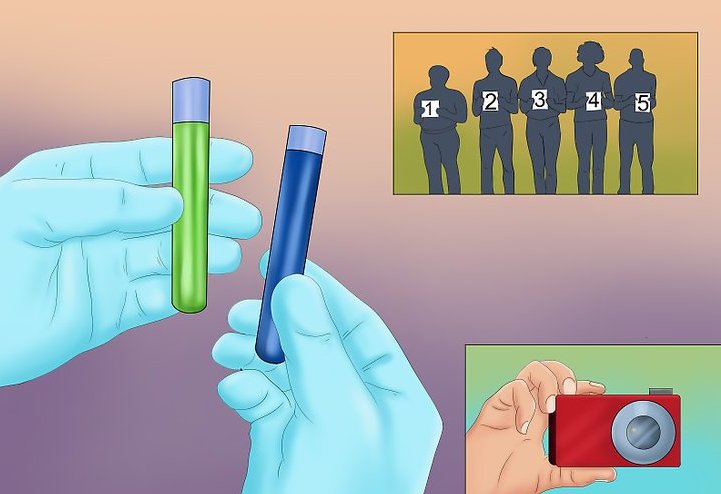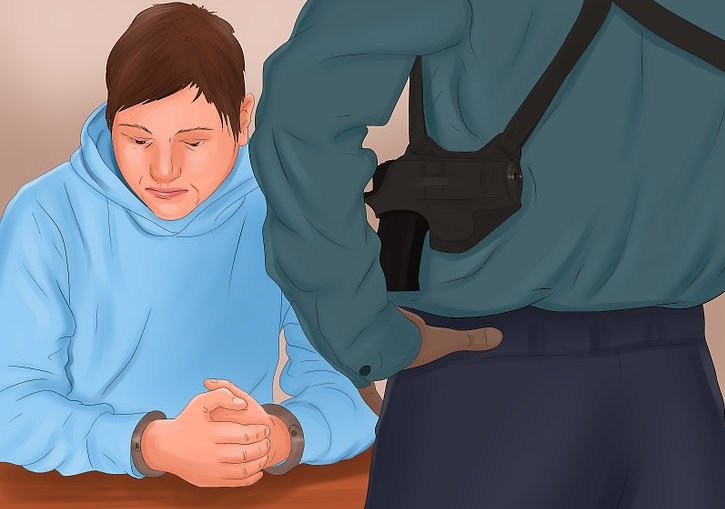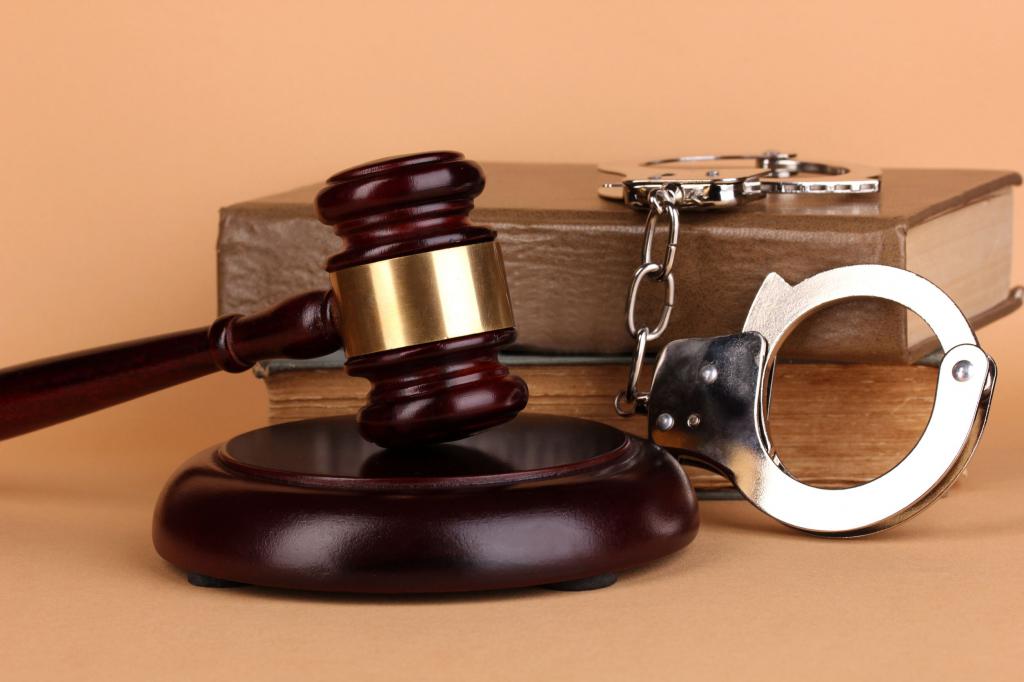Attraction as an accused is carried out at the preliminary investigation stage. This procedural action is formalized by resolution. As part of the inquiry, such a document is not drawn up. The subject is recognized as a defendant only after the indictment. The corresponding position is secured by clause 2 of the 1 of article 47 of the CPC. Let us further consider the features of involvement as an accused.

Institute value
Attracting a citizen in the status of the accused is the most important procedural action. Its content is the issuance of a special act - a resolution on bringing in as an accused (a sample of the document is presented in the article). It formulates the conclusions made by the investigator based on the results of investigative measures. The person in respect of whom the decision is made acquires certain procedural obligations and rights, and the production proceeds to a new stage.
Recruiting as an accused is a procedural action that takes place after reviewing and evaluating the evidence collected. The investigator, having studied the materials, concludes that they indicate the involvement of the subject in the crime.
The timing
The legislation enshrines the circumstances that must be established in order to attract a person as an accused. It is these facts that the investigator must refer to in the decision. Moreover, the law does not establish a specific moment at which this act should be issued.
In some cases, the decision is issued shortly after the opening of the case or the beginning of the prosecution. This is preceded by certain investigative measures. They are carried out by the investigator at his discretion. This may be, for example, interrogation of eyewitnesses, a search, etc. In some cases, it may be necessary to carry out most or all of the investigative actions provided for in the legislation, and the grounds for attracting a person as an accused appear only at the end.

Nuance
It should be noted that after involvement as an accused, investigative actions continue. At the discretion of authorized employees or at the request of the parties, various measures may be taken, including those related to the verification of evidence obtained earlier. For example, a confrontation may be assigned.
Procedure for bringing as an accused
Obtaining a new procedural status by a citizen is carried out in three stages:
- Decision making.
- Indictment.
- Interrogation.
Content of the decision
It is determined in the 2nd part of the 171st article of the CPC. The subject is given the status of the accused at the time of the decision, and not upon presentation of the act to him or his counsel. According to general rules, the resolution should contain 3 parts:
- Introductory.
- Descriptive and motivational.
- Resolute.
The introductory part of the document contains information:
- On the time and place of compilation.
- The investigator conducting the production. Must be indicated by his F. I. O., position.
- Citizen held in the status of the accused.
The descriptive and motivational part is considered the main one in the resolution. It provides grounds for attracting a suspect of assault as an accused, describes the crime, indicates the time, place of commission, and other circumstances. Here, the investigator cites a specific article, part, paragraph, providing for liability for the deed.
The operative part reflects the procedural decision to bring as an accused.

Procedure specifics
As mentioned above, the legislation does not establish the exact time of the decision. It is quite reasonable. The fact is that it is impossible to determine in advance the date (or period) on which a sufficient amount of evidence of a person’s guilt will be collected.
The investigator should not mechanically comply with the procedure for attracting a person as an accused. The employee must be sure that the collected and verified materials give reason to attract a citizen as an accused. However, the investigator must remember the presumption of innocence. Its action continues until the trial. The investigator should be attentive to the testimonies and explanations of the subject, to satisfy petitions for the execution of procedural actions, if they are relevant to the case.
Legal possibilities of the parties
From the date of the decision, the accused acquires a fairly wide range of rights. The law, in turn, secures a number of guarantees for their implementation.
The accused is recognized as an active participant in the proceedings on the defense side. He can exercise his rights both independently and through a representative represented by a lawyer.
The prosecutor and investigator must provide the citizen with the opportunity to defend himself with the means enshrined in the norms.
At the same time, authorized persons also acquire a number of rights in relation to the accused. In particular, the investigator may apply coercive and preventive measures.
Procedural Issues
A premature decision to attract a citizen in the status of the accused may cause him substantial moral and other harm. At the same time, delaying the time of execution of the decision violates the rights of the subject and his lawyer.

Subsequently, it may be necessary to correct the accusation due to a change in the actual party or re-qualification of the act, the identification of new episodes or a drop in part of the charges. In any of these cases, the investigator must issue a new order. In it, the employee indicates all episodes of the crime with a new or previously established qualification. A copy of this document must be transferred to the citizen and his lawyer. After that, the investigator interrogates the person on a new charge.
The execution of a new resolution solely on additional episodes would lead to the presence in the proceedings of two independent acts on attracting a citizen in the status of the accused. This, in turn, would violate the exercise of his right to defense.
If any facts are not confirmed, the investigator must order the termination of the prosecution for the relevant episode.
Indictment
It represents a complex of several procedural measures related:
- With the familiarization of the person with the decision.
- An explanation to a citizen of the procedural rights provided for in Article 47 of the Code of Criminal Procedure, as well as the obligations established by law.
- Clarification of the relationship of the subject to the qualifications of his actions.
The investigator must inform the citizen of the specific day on which he will be charged, clarifies the right to independently call a lawyer or ask an authorized employee to ensure the participation of a lawyer.
A person who is not in custody is summoned. If preventive measures have been applied to the subject, the notification of the call is transmitted through the administration of the institution in which he is located.

General Indictment Rules
According to part 5 of article 172 of the CPC, the investigator must:
- Verify the identity of the citizen.
- Announce to the subject and his lawyer (if he is present) a decision on involvement as an accused, explain the contents of the document.
- Explain to the citizen the rights and obligations.
If the person did not appear or where his location could not be established, the charge should be brought on the day of his actual appearance or forced drive. The subject and the lawyer are given a copy of the decision. The accused and the defense attorney certify the fact of receipt with their signatures. If the person refuses to put his signature, the investigator makes an appropriate note in the decision.
Interrogation
It is a procedural action aimed at:
- To clarify the position of the accused. The subject may fully, partially admit or not admit guilt.
- Providing the citizen with the opportunity to put forward arguments in his defense.
- Obtaining evidence - information about the circumstances of the crime.
A person is interrogated immediately after being charged. At the very beginning of the conversation, the investigator should find out if the citizen pleads guilty, if he wants to testify, if so, in what language.
It should be noted that information obtained during interrogation without the participation of a lawyer is not recognized as evidence unless subsequently confirmed by the interrogated in court.
If a person refuses to testify at the first interrogation, a second conversation with him on the same charge can be held exclusively at the request of the accused.
All information that the investigator receives from the subject must be recorded in the protocol. The same document reflects the results of the interrogation.

Additionally
If it becomes necessary to amend or supplement the accusation made, the investigator must repeat the entire procedure for recruiting the subject as the accused. He makes a new ruling. It reflects the amended charge. After that, the citizen is again interrogated.
Exceptions to the rules are permissible if during the preliminary investigation any facts were not confirmed. For example, a person’s involvement in certain episodes of a crime has not been established. In this case, the investigator draws up a decision to terminate the prosecution against the subject in the relevant part of the charge. The authorized employee is required to notify the prosecutor, the accused and the defense attorney about this.

Conclusion
The institution of attracting the subject in the status of the accused is of great practical importance. At the time of making the relevant decision, a citizen suspected of a crime has new procedural duties and rights. In this case, the investigator also acquires a number of legal opportunities.
However, one should not forget that before a court pronounces a sentence, a citizen is presumed innocent, although there is reason to believe otherwise.
